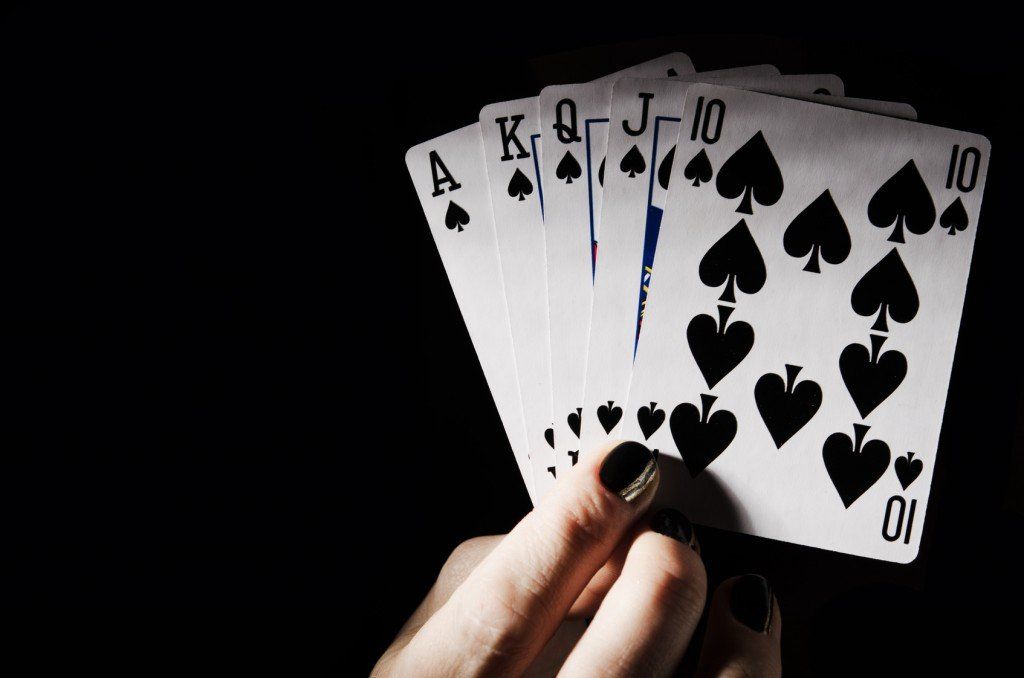|
Sponsored by |
|---|
|
|
|
-
Need help navigating the forum? Find out how to use our features here.
-
Did you know we have lots of smilies for you to use?
You are using an out of date browser. It may not display this or other websites correctly.
You should upgrade or use an alternative browser.
You should upgrade or use an alternative browser.
Lunacy I didn't know that!
- Thread starter CarolKing
- Start date
Marie Curie's laboratory notebook from 1899-1902, is radioactive and will be for 1500 years.
ataxian
In a BLACK HOLE!
History repeat’s itself over & over?
I read to extreme measure’s by today’s standard’s?
Imagine how much cancer that would cause...even more than windmills (according to one self-proclaimed genius)...

Original meaning of a deck of playing cards:
52 cards for 52 weeks in the year.
2 colors for day and night
4 suits for the 4 seasons and 13 weeks per season.
Twelve court cards representing the 12 months.
If we add each of the cards (ace + ace + ace + ace + two + two + three + seven + eight ... and etc) of the game we will get 364.
The card game is an agricultural calendar that told us about the weeks and the seasons.
With each new season, it was King's week, followed by Queen's week, Jack's and so on until AS week changed seasons and we started over with a new color.
Jokers were used in leap years.
felvapes
Well-Known Member
That's interesting and a spin out
Hadn't heard of that before, works well though
Google gives me a few different explanations
I like that idea and that it works though
Apparently the jokers were added by America

 playingcarddecks.com
playingcarddecks.com
https://www.google.com/amp/s/doyouremember.com/135295/history-behind-52-cards-in-a-deck/amp

 www.scienceabc.com
www.scienceabc.com
Hadn't heard of that before, works well though
Google gives me a few different explanations
I like that idea and that it works though
Apparently the jokers were added by America

The History of Playing Cards: The Evolution of the Modern Deck
Ever wondered how that deck of cards you play with all the time came to be? Find out here how the standard deck of cards you know and love evolved over time.
 playingcarddecks.com
playingcarddecks.com
https://www.google.com/amp/s/doyouremember.com/135295/history-behind-52-cards-in-a-deck/amp

Why Are There Exactly 52 Cards In A Complete Deck Of Cards?
When the croupier deals you in and you check out your cards, a strange thought occurs... why clubs and spades? Why hearts and diamonds? Why two colors? Four suits? 52 cards?
ataxian
In a BLACK HOLE!
Cayenne blue eye’s on this cat R pretty!
Buying a watch in 1880!
If you were in the market for a watch in 1880, would you know where to get one?
You would go to a store, right?
Well, of course, you could do that, but if you wanted one that was
cheaper and a bit better than most
of the store watches, you went to the train station!
Sound a bit funny?
Well, for about 500 towns across the northern United States, that's
where the best watches were found.
Why were the best watches found at the train station?
The railroad company wasn't selling the watches, not at all.
The telegraph operator was.
Most of the time the telegraph operator was located in the railroad
station because the telegraph lines
followed the railroad tracks from town to town.
It was usually the shortest distance and the right-of-way had already
been secured for the rail line.
Most of the station agents were also skilled telegraph operators and
it was the primary way they
communicated with the railroad.
They would know when trains left the previous station and when they
were due at their next station.
And it was the telegraph operator who had the watches.
As a matter of fact, they sold more of them than almost all the stores
combined for a period of about 9 years.
This was all arranged by "Richard", who was a telegraph operator himself.
He was on duty in the North Redwood, Minnesota train station one day
when a load of watches
arrived from the East. It was a huge crate of pocket watches. No one
ever came to claim them.
So Richard sent a telegram to the manufacturer and asked them what
they wanted to do with the watches.
The manufacturer didn't want to pay the freight back, so they wired
Richard to see if he could sell them.
So Richard did.
He sent a wire to every agent in the system asking them if they wanted
a cheap, but good, pocket watch.
He sold the entire case in less than two days and at a handsome profit.
That started it all.
He ordered more watches from the watch company and encouraged the
telegraph operators to set up
a display case in the station offering high quality watches for a
cheap price to all the travellers.
It worked!
It didn't take long for the word to spread and, before long, people
other than travellers came to the
train station to buy watches.
Richard became so busy that he had to hire a professional watchmaker
to help him with the orders.
That was Alvah.
And the rest is history as they say.
The business took off and soon expanded to many other lines of dry goods.
Richard and Alvah left the train station and moved their company to
Chicago -- and it's still there.
YES, IT'S A LITTLE KNOWN FACT that for a while in the 1880s,
the biggest watch retailer in the country was at the train station.
It all started with a telegraph operator: Richard Sears and partner
Alvah Roebuck!
Bet You Didn't Know That!
OK, maybe you did; I didn't!
Now that's History.
And now...Sears has closed its doors.
--
If you were in the market for a watch in 1880, would you know where to get one?
You would go to a store, right?
Well, of course, you could do that, but if you wanted one that was
cheaper and a bit better than most
of the store watches, you went to the train station!
Sound a bit funny?
Well, for about 500 towns across the northern United States, that's
where the best watches were found.
Why were the best watches found at the train station?
The railroad company wasn't selling the watches, not at all.
The telegraph operator was.
Most of the time the telegraph operator was located in the railroad
station because the telegraph lines
followed the railroad tracks from town to town.
It was usually the shortest distance and the right-of-way had already
been secured for the rail line.
Most of the station agents were also skilled telegraph operators and
it was the primary way they
communicated with the railroad.
They would know when trains left the previous station and when they
were due at their next station.
And it was the telegraph operator who had the watches.
As a matter of fact, they sold more of them than almost all the stores
combined for a period of about 9 years.
This was all arranged by "Richard", who was a telegraph operator himself.
He was on duty in the North Redwood, Minnesota train station one day
when a load of watches
arrived from the East. It was a huge crate of pocket watches. No one
ever came to claim them.
So Richard sent a telegram to the manufacturer and asked them what
they wanted to do with the watches.
The manufacturer didn't want to pay the freight back, so they wired
Richard to see if he could sell them.
So Richard did.
He sent a wire to every agent in the system asking them if they wanted
a cheap, but good, pocket watch.
He sold the entire case in less than two days and at a handsome profit.
That started it all.
He ordered more watches from the watch company and encouraged the
telegraph operators to set up
a display case in the station offering high quality watches for a
cheap price to all the travellers.
It worked!
It didn't take long for the word to spread and, before long, people
other than travellers came to the
train station to buy watches.
Richard became so busy that he had to hire a professional watchmaker
to help him with the orders.
That was Alvah.
And the rest is history as they say.
The business took off and soon expanded to many other lines of dry goods.
Richard and Alvah left the train station and moved their company to
Chicago -- and it's still there.
YES, IT'S A LITTLE KNOWN FACT that for a while in the 1880s,
the biggest watch retailer in the country was at the train station.
It all started with a telegraph operator: Richard Sears and partner
Alvah Roebuck!
Bet You Didn't Know That!
OK, maybe you did; I didn't!
Now that's History.
And now...Sears has closed its doors.
--
|
Sponsored by |
|---|
|
|
|